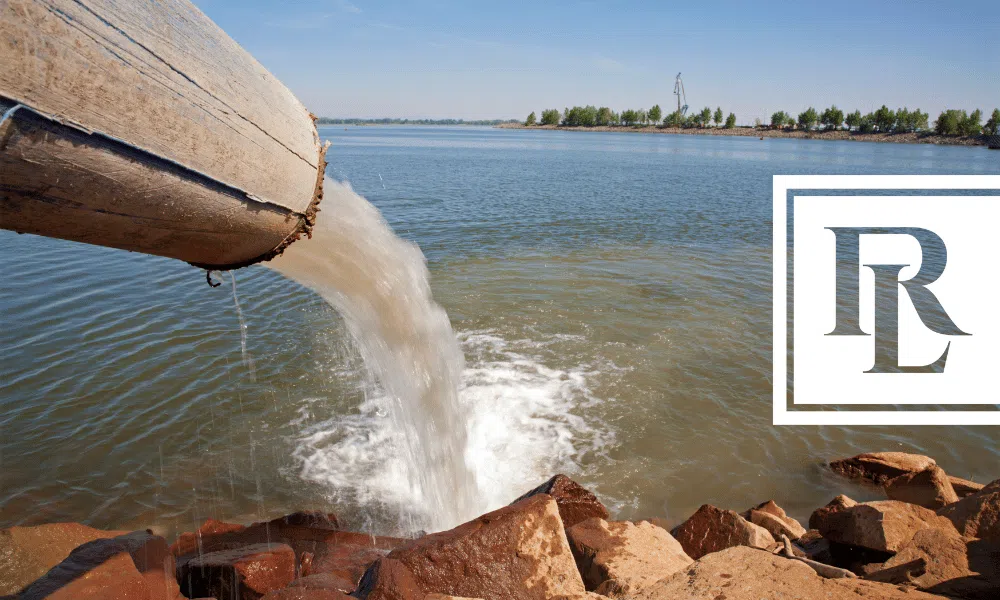Camp Lejeune is the “home of expeditionary forces in readiness”, but no one was anticipating the news that for over 30 years, individuals at the base were unknowingly suffering from exposure to toxic water contamination. Due to prolonged contamination, individuals have come forward with severe illnesses that change their lives and the lives of those they love.
Due to this news, the U.S. government is taking responsibility for the countless victims by establishing the Camp Lejeune Justice Act of 2022 to provide compensation and medical treatment to those affected.
How did the chemicals get in the water?
Unfortunately, the toxic water was coming from more than one water supplier in the Camp Lejeune area. Water from the Tarawa Terrace treatment plant was primarily contaminated by Perchloroethylene, while the Hadnot Point treatment plant was contaminated by mostly Trichloroethylene. The New River, the biggest natural water source in the area, was also indirectly affected by wastewater runoff. The source of the supplier contamination was the waste disposal practices at local dry-cleaning businesses, leaking underground storage tanks, industrial area spills, and waste disposal sites.
The U.S. has a long history of toxic waste being inappropriately disposed of resulting in severe water contamination. Without education and firm regulations in place, businesses, corporations, and government entities have plagued the nation with wastewater dumping. As a result, The U.S. has over 1,300 SuperFund sites that require immediate attention to remedy severely toxic living areas.
What was Found in the Water?
An array of Volatile Organic Compounds (VOCs) was found in the water supply at Camp Lejeune and the New River area. Many VOCs are man made and used for thousands of products like paints, lacquers, paint strippers, cleaning supplies, pesticides, building materials, and more. High levels of VOCs that include Benzene, Perchloroethylene, Tetrachloroethylene, Trichloroethylene (TCE), and Vinyl chloride (VC) were discovered in Camp Lejeune’s water supply. All volatile organic compounds were proven to be carcinogenic and extremely harmful to surrounding life.
Health Implications
The U.S. Department of Veteran Affairs acknowledges various illnesses that are a direct result of years of toxic water exposure. Due to high levels of toxic carcinogens, illnesses include but are not limited to, a variety of cancer types.
- Adult leukemia
- Aplastic anemia
- Myelodysplastic syndromes
- Bladder cancer
- Kidney cancer
- Liver cancer
- Multiple myeloma
- Non-Hodgkin’s lymphoma
- Parkinson’s disease
- Esophageal cancer
- Breast cancer
- Renal toxicity
- Scleroderma
- Lung cancer
- Hepatic steatosis
- Miscarriage
- Female infertility
- Neurobehavioral effects
While these chronic and life-altering medical ailments are showing up months and years later in these victims’ lives, for some, the toxic water took their lives before they had the chance to live it. Countless newborns and unborn lost their lives on Camp Lejeune. Today, there is a large cemetery on the marine base dedicated to just the babies who lost their lives.
Now that the Camp Lejeune Act of 2022 has been passed into law, many people will be able to sue the U.S government for the years of suffering they unknowingly suffered from the water they were exposed to decades before. Today, anyone who lived at Camp Lejeune for 30 cumulative days or more between 1953 – 1987 and suffered from one of the identified health conditions is eligible to file a lawsuit against the U.S Government.
If you or someone you know has been on Camp Lejeune for 30 days or more as a service member, civilian staff, families, or supplier you are deserving of compensation. Contact lawyers at Rob Levine Law to help you navigate this lawsuit today!






